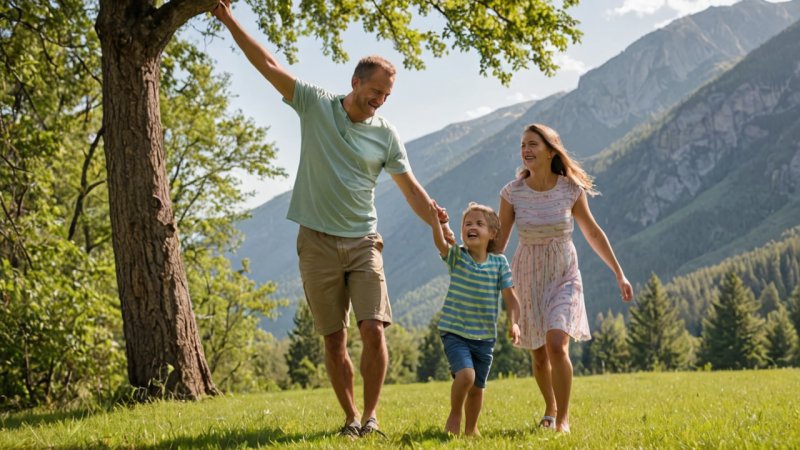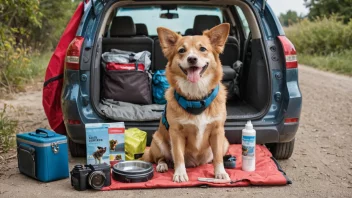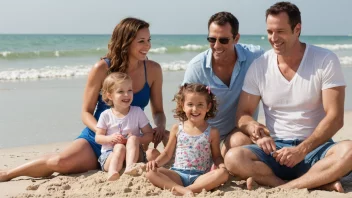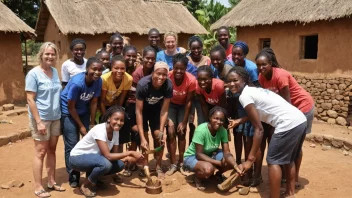Traveling with kids can be an exhilarating experience, filled with laughter, exploration, and precious family memories. However, it also comes with its own set of challenges, particularly when it comes to safety. In this fictional interview, we sit down with Dr. Amelia Hart, a renowned child safety expert and travel enthusiast, who shares her insights on ensuring a safe and enjoyable vacation for families. Dr. Hart has spent over a decade researching child safety in various environments, making her an excellent resource for parents planning their next getaway.
Understanding the Risks
Interviewer: Dr. Hart, what are some common risks parents should be aware of when traveling with children?
Dr. Hart: When traveling with kids, the first step is to understand the specific risks associated with the destination. These can range from environmental hazards, such as extreme weather or wildlife encounters, to health concerns like foodborne illnesses or lack of access to medical care. It's crucial for parents to research their destination thoroughly and prepare accordingly.
Pre-Trip Preparations
Interviewer: What kind of preparations should families make before embarking on a trip?
Dr. Hart: Preparation is key. I recommend creating a checklist that includes:
- Emergency contacts, including local hospitals and embassy information.
- A first-aid kit tailored to your family’s needs.
- Travel insurance that covers medical emergencies.
- A plan for keeping your children safe, like setting up meeting points in case you get separated.
Additionally, having conversations with your children about safety protocols can be very beneficial. Teaching them what to do in various scenarios, like getting lost or encountering a stranger, can empower them and help reduce anxiety.
Transportation Safety
Interviewer: What safety measures should families consider when it comes to transportation during their travels?
Dr. Hart: Transportation safety is paramount. Always ensure that children are in appropriate car seats or booster seats based on their age and size. If you’re using public transportation, keep a close eye on your children and establish rules about staying together. In crowded areas, such as airports or train stations, consider using child harnesses or wristbands that include your contact information in case they wander off.
Choosing Family-Friendly Accommodations
Interviewer: How can parents choose accommodations that prioritize safety?
Dr. Hart: Look for family-friendly accommodations that have safety features, such as secure window locks, smoke detectors, and on-site medical assistance. Research reviews from other families to gauge the overall environment. Additionally, consider the location of the accommodation; staying in safe neighborhoods can significantly reduce risks.
Health and Hygiene
Interviewer: Health is a major concern for families. What tips do you have for maintaining hygiene while traveling?
Dr. Hart: Hygiene is crucial, especially when traveling in unfamiliar environments. Here are some tips:
- Always carry hand sanitizer and disinfectant wipes to clean surfaces before meals.
- Encourage your children to wash their hands frequently, especially after using public restrooms.
- Be cautious about food and water—only consume bottled water and avoid street food unless you’re sure it’s safe.
Staying healthy while traveling requires vigilance, but it can help prevent common travel-related illnesses.
Emergency Preparedness
Interviewer: How should families prepare for emergencies while traveling?
Dr. Hart: Families should always have a plan. This includes having a well-stocked first-aid kit, knowing the location of the nearest hospital, and understanding the local emergency numbers. Teaching children how to communicate in emergencies—like dialing for help or identifying a safe adult—can also be effective. Practicing these scenarios can greatly enhance their readiness.
Unique Experiences with Safety in Mind
Interviewer: Lastly, how can families create memorable experiences without compromising safety?
Dr. Hart: It’s all about balance! Families should feel empowered to explore unique experiences while keeping safety in mind. For instance, engaging in outdoor activities like hiking can be safe if you stick to well-marked trails and keep younger children close. Consider guided tours that cater to families, as they often prioritize safety and provide educational value. Ultimately, the key is to ensure that safety measures are in place so that families can focus on enjoying their time together.
Conclusion
Traveling with children can be a rewarding experience filled with exploration and bonding. By following the safety tips outlined by Dr. Amelia Hart, families can navigate their adventures with confidence. Preparation, awareness, and open communication are essential to creating a safe environment while enjoying the unique experiences each destination has to offer. With the right approach, parents can ensure their family vacations are both memorable and secure.






